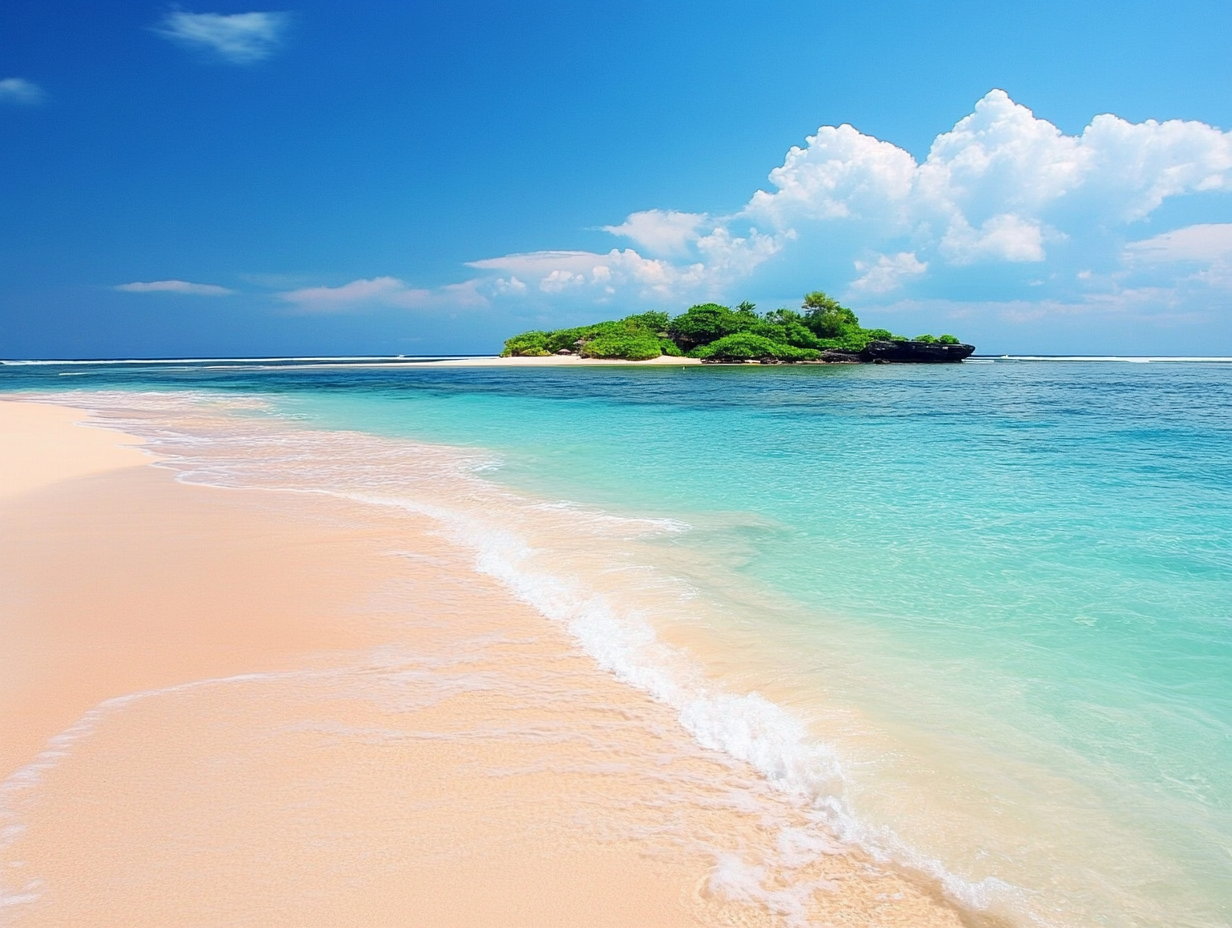Explore America like you haven’t before.
Being quarantined for months and continuing to practice social distancing has taught us that our country is called America the Beautiful for a reason. Americans are finding National Parks and hidden gems to add to their road trip itinerary that perhaps they didn’t know about before when they were busy flying all over the world. From deserts, oceans, and mountains, there’s a lot this country has to offer—and you can see it all from the comfort of your own four wheels.
While regular camping is more common, car camping in your SUV has been trending now more than ever. People are making summer travel plans around road trips and avoiding airplanes due to the pandemic and continuing to flatten the curve. If you’re planning a road trip, consider car camping. Benefits include saving time (you’re not pitching a tent at every stop), avoiding hotel rooms, and being able to store your belongings right in your car. If you’re experienced or if it’s your first time, here’s what you should know before you go on a car camping adventure.
1. Choosing the right vehicle is everything.
When you choose a vehicle for your car camping adventure, you’re not just picking a car—this is going to be your home. There won’t be any fancy hotels or cabins to unpack everything in, this is it. I’d recommend going big, ideally a larger SUV. It gives you plenty of room to store all of your essentials, bigger living space, and the ability to take on rockier terrains in remote areas.
2. Sleep with your head toward the front of the car.
Depending where you are, it might be difficult to find a spot to park overnight that is completely flat. Even if you find flat terrain, it’s important to sleep with your head toward the front of the car. Make sure that your feet are always below your head (there’s way more room at the front). The last thing you’d want is an uncomfortable night’s sleep ahead of a full day of adventuring.
3. Get creative (like an outdoor movie theater).
Immersed in the outdoors, some nights after a long day on the road might make for a nice movie. Don’t watch it on the small screen of your phone—get creative and make your very own outdoor movie theater with a portable projector, bluetooth speaker and a blanket! As long as you aren’t disrupting your neighbors, this is a perfect break from venturing. Look out for free WiFi on certain campground areas too.
4. Keep these camping essentials handy on your journey.
It may vary depending on the needs of your trip, but it’s safe to say that these essentials should be packed in your car for any excursion:
Navigation: map, compass, altimeter and GPS device.
Headlamp: don’t forget extra batteries.
Sun protection: sunglasses, sun-protective clothes and sunscreen.
First aid: including foot care and insect repellent.
Knife: plus a gear repair kit.
Fire: matches, lighter, tinder and/or stove.
They’re tools of survival for any situation you may find yourself in. Especially if it’s your first time camping, become knowledgeable on tips from the experts so you’re ready to take on the wild while staying safe.
5. Go fancy with your bed.
The luxury of car camping is that you don’t need to carry all of your gear with you on your back. Take advantage of this and get a good bed with comfortable mats, pillows, and blankets. Insulated blankets are suggested because cars can get just as cold as tents at nighttime. We recommend an insulated sleeping pad as your base. Splurge on the bed and make it just as nice as your bed back home, because a good night’s sleep will lead to a great day of adventuring.
6. Open the windows at night for ventilation.
Always keep your car ventilated by opening your windows just a touch. Don’t leave them wide open—we don’t want any animals finding their way into your car overnight. To combat the bugs, REI suggests cutting some mesh to cover the opening of the windows. If there’s not any ventilation, your windows will fog up and you’ll collect moisture in unwanted places.
7. Find alternatives for staying clean (without water).
Taking a shower is definitely not the easiest thing to do while car camping, but it can be doable. Find alternative products to bring along like no-rinse shampoo and hand sanitizer with a fully stocked toiletry bag of supplies. While water might be hard to come by, with these products you can still smell good and keep your hygiene above average.
8. Don’t park overnight illegally.
If you didn’t already know, you can’t just park anywhere you want overnight. Trust me, you don’t want a police officer knocking on your window at 7 a.m. to give you a fine. To help plan your trip, some useful apps include AllStays and Hipcamp. On them you can find free and paid locations where it’s totally legal to park overnight to sleep. Another option is the US Forest Service, where their roads are open to overnight parking. You might need specific required permits or passes, so make sure to do your check with them beforehand.
9. Bring a solar panel to charge your devices.
Keeping all of your electronics charged can be a major task—especially when you’re car camping with a companion. From your phone to camera, it’s a lot of necessary essentials. You might not realize it at first, but charging your devices overnight isn’t a possibility because the car is off (you can only charge your devices when the car is on). That’s why I would recommend a solar panel to charge up. There are various solar panels that can sit on your dashboard to make sure you’re never out of power for your electronic essentials.
Whether you’re traveling solo, your dog, with a friend or a significant other, this trip will be one to remember. Stay safe and bring a map just in case you lose service. After being quarantined for months, we can’t take travel for granted anymore so get out there, go off the grid and have an epic adventure to make up for lost time.



